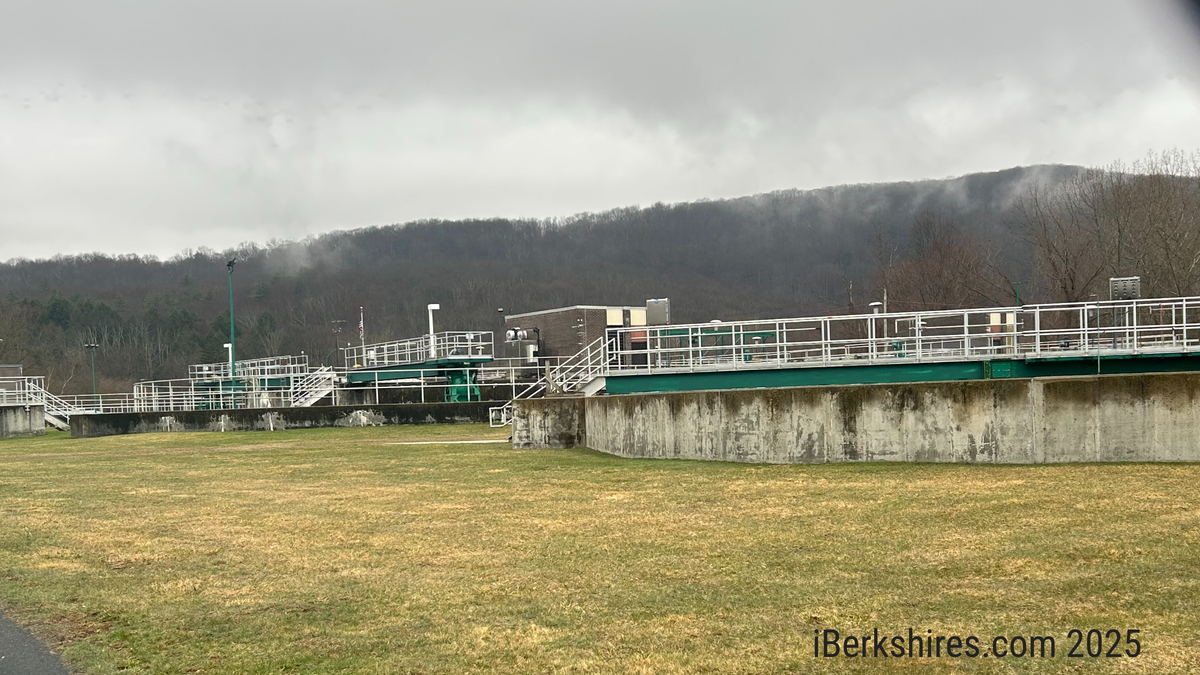
Tractor-Trailer Crash Leaves One Dead, One Injured
Update: June 30, 2011 11:08 a.m.: Police have released the name of the victims. The driver David Belair, 54, from Salem died in the accident and the passenger Raymond Harriston, 33, of Lynn, was injured. Fire Chief Craig Pedercini said the bags of stearic acid are non-toxic. |
The truck was traveling down Route 2 (Taconic Trail) and continued straight through the intersection, breaking through concrete barriers and crashing into the brook behind the bakery, according to Fire Chief Craig Pedercini.
The truck was carrying 44,000 pounds of stearic acid in bags that blew out the front of the truck and scattered into the woods.
"It looks like he went in a straight line and continued on," Pedercini said.
The accident was reported at 8:01 a.m. and first responders extricated the survivor, who was taken to Berkshire Medical Center in Pittsfield with non-life-threatening injuries, he said.
It is unclear if the deceased was the driver or the passenger and police have not released the vehicle occupants' names.
The 65-foot box truck does not appear to have used its brakes. There are no skid marks and the truck was going fast enough to push the large barrier into the woods. Police have not completed an investigation and could not give a cause for the collision.
The stearic acid is non-hazardous but the fire department took precautions and decontaminated the injured person as well as the ambulance crew. A team of construction workers, working at a site on Route 2, was also decontaminated after they saw the truck crash and walked to the scene, Pedercini said.
A hazmat team from Pittsfield remained on scene for technical support, Pedercini said, and a cleanup company was expected to arrive in the afternoon.
"A lot of the product is still in bags," Pedercini said. "It appears everything went over the top of the river. A minimal amount went into the river."
That intersection has seen multiple accidents and a runaway ramp was recently added.
"We've had our share of accidents here but that is why the state put the ramp there," Pedercini said. "I don't know if they were aware of it or not."
The scene was blocked off but the roads remained open.
Tags: accident,
















